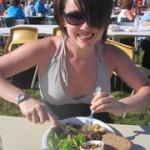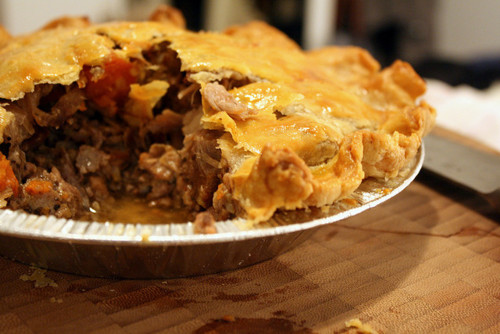After the Harvest, a website and blog supported by Green Mountain Coffee Roasters which specifically targets the coffee industry, recently posted of a policy brief on food security and smallholder coffee farmers ( “Food Security and Smallholder Coffee Production: Current Issues and Future Directions.”). The brief was developed and led by UVM professor V. Ernesto Mendez and covers the topics of food security and food sovereignty among smallholder coffee farmers.
After the Harvest writes:
“The world of coffee is complex. In between when the coffee bean is picked and you eagerly brew your cup of coffee, there is a long chain of processes and people that have to come together to make it all happen. It is relatively easy for the consumer to imagine the production process from importer or roaster on, but far more challenging to envision, or try to relate to, the farmer that harvested that coffee.
You already know about “los meses flacos” or “the thin months” and what they represent: a period of food scarcity that is commonplace among isolated rural farmers globally. It is not unique to those who grow coffee, but appears to be a frequent occurrence for smallholder coffee farmers who have limited land holdings and have weighted their land-use investment toward the coffee cash crop.
A recent publication by Professor V. Ernesto Méndez and Martha Caswell, members of the Agroecology and Rural Livelihood Group at the University of Vermont, in conjunction with Christopher M. Bacon in the Department of Environmental Studies and Sciences at Santa Clara University, looks at just this subject. We invite you to check it out here: “Food Security and Smallholder Coffee Production: Current Issues and Future Directions.”
In this policy brief, you can learn about contributing factors, existing research on food insecurity in the coffeelands, and answer a call for promising strategies to address the issue. They acknowledge that although the industry recognizes “…that food insecurity persists in coffee-producing communities, we are still grappling with understanding the particular dynamics between coffee production and food security.”
As you read the policy brief, we invite you to let us know what’s on your mind. Send us any questions or comments that you may have.”













